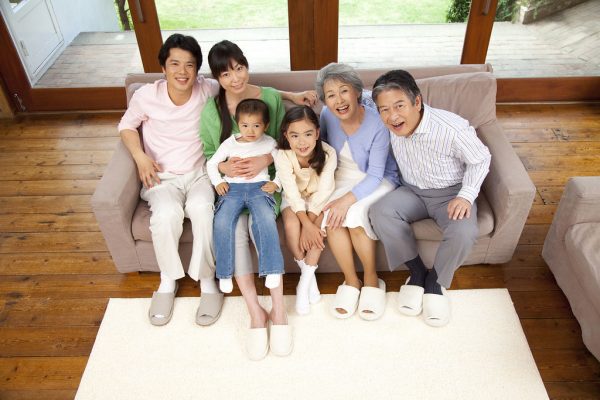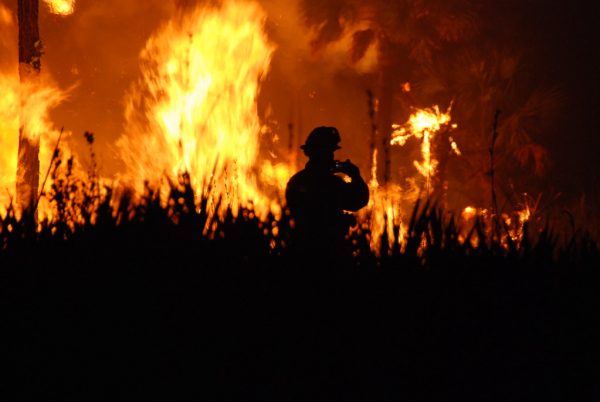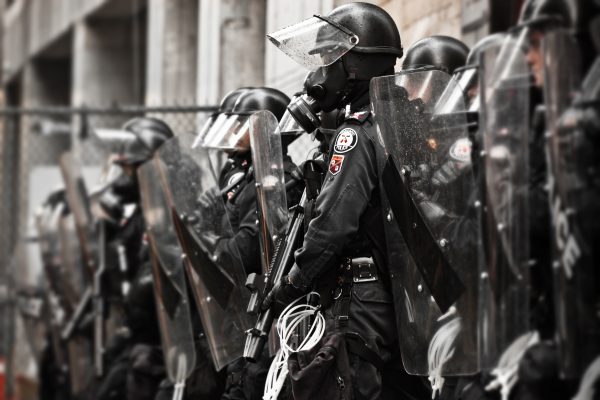
With new covid cases at an all-time high, coronavirus is front and center in the minds of many Americans. The Centers for Disease Control also recently published a report that indicates that household transmission of covid is frequent between both adults and kids. With the rise in covid infection, and concern for household transmission, it is worth thinking about who lives together under one roof and why. In particular, who lives in intergenerational houses where young people might expose older adults to the virus? And how might larger groups of people living together increase the chance of virus spread? Sociological research offers a number of ways to think about the reasons that intergenerational families live together that can inform our answers to these questions and help frame public health responses.
Pew Research center reports that a majority of young adults are living with their parents for the first time since the Great Depression. Over the previous century and a half less and less young people have lived with their parents. However, research shows that intergenerational bonds are of increasing importance. Older adults live longer, increasing the length of shared life among parents and kids, and grandparents and grandchildren. Young adults, particularly in the middle-class, also need to rely on their parents’ financial support through a longer period of “transitioning to adulthood” that includes getting a college education. With a weak labor market, and many college courses online, it is no surprise that many young adults are remaining or returning home.
- Vern L. Bengston. 2001. “Beyond the Nuclear Family: The Increasing Importance of Multigenerational Bonds.” Journal of Marriage and Family 63(1):1–16.
- Frank F. Furstenberg. 2010. “On a New Schedule: Transitions to Adulthood and Family Change.” The Future of Children 20(1):67–87.
- Kathrina Mazurik, Sarah Knudson, and Yukiko Tanaka. 2020. “Stuck in the Nest? A Review of the Literature on Coresidence in Canada and the United States.” Marriage and Family Review 56(6):491–512.
- Steven Ruggles. 2007. “The Decline of Intergenerational Coresidence in the United States, 1850 to 2000.” American Sociological Review 72(6):964–89.
- Teresa Toguchi Swartz, and Erika Busse. 2017. “Family Support in the Transition to Adulthood among Diverse Young Adults in the United States.” Pp. 15-41 in Crossings to Adulthood: How Diverse Young Americans Understand and Navigate Their Lives. Leiden, Netherlands, Boston, Massachusetts: Brill.
Although, overall, many more young adults are living with their parents, at least temporarily, there are important racial and ethnic differences in intergenerational households. White families are more likely to offer intergenerational financial support while Black and Latinx families are more likely to help family members by providing housing or help with childcare or caregiving, for instance. Immigrant families are also more likely to live in intergenerational households.
- Teresa Toguchi Swartz. 2009. “Intergenerational Family Relations in Adulthood: Patterns, Variations, and Implications in the Contemporary United States.” Annual Review of Sociology 35: 191–212.
- Yoshinori Kamo. 2000. “Racial and Ethnic Differences in Extended Family Households.” Sociological Perspectives 43: 211–29.
- Jennifer E. Glick and Jennifer Van Hook. 2002. “Parents’ Coresidence with Adult Children: Can Immigration Explain Racial and Ethnic Variation?”Journal of Marriage and Family 64(1):240–53.
In the context of covid, living in intergenerational families can seem risky. These living arrangements can put older adults in closer proximity with young people who may be leaving home to work each day. However, overall, intergenerational residence patterns are a way that families can share resources and develop resilience in the face of limitations. For immigrant families intergenerational living arrangements can help create networks of support that ease the transition to a new country. For racial minorities living together can be a way to pool money and provide support in the face of structural barriers such as disproportionate poverty or poor health. The widespread unemployment and disability brought on by the covid-19 pandemic makes these networks of support more crucial than ever.
- Jennifer Van Hook and Jennifer E. Glick. 2007. “Immigration and Living Arrangements: Moving Beyond Economic Need Versus Acculturation.” Demography 44(2):225–249.
- Jennifer E. Glick and Jennifer Van Hook. 2011. “Does a House Divided Stand? Kinship and the Continuity of Shared Living Arrangements.” Journal of Marriage and Family 73(5):1149–64.
- Natalia Sarkisian and Naomi Gerstel. 2004. “Kin Support among Blacks and Whites: Race and Family Organization.”American Sociological Review 69(6):812–37.
- Carl B. Stack. 1975. All Our Kin: Strategies for Survival in the Black Community. New York, Basic Books.



